ألفريد SISLEY & nbsp(1839-1899)
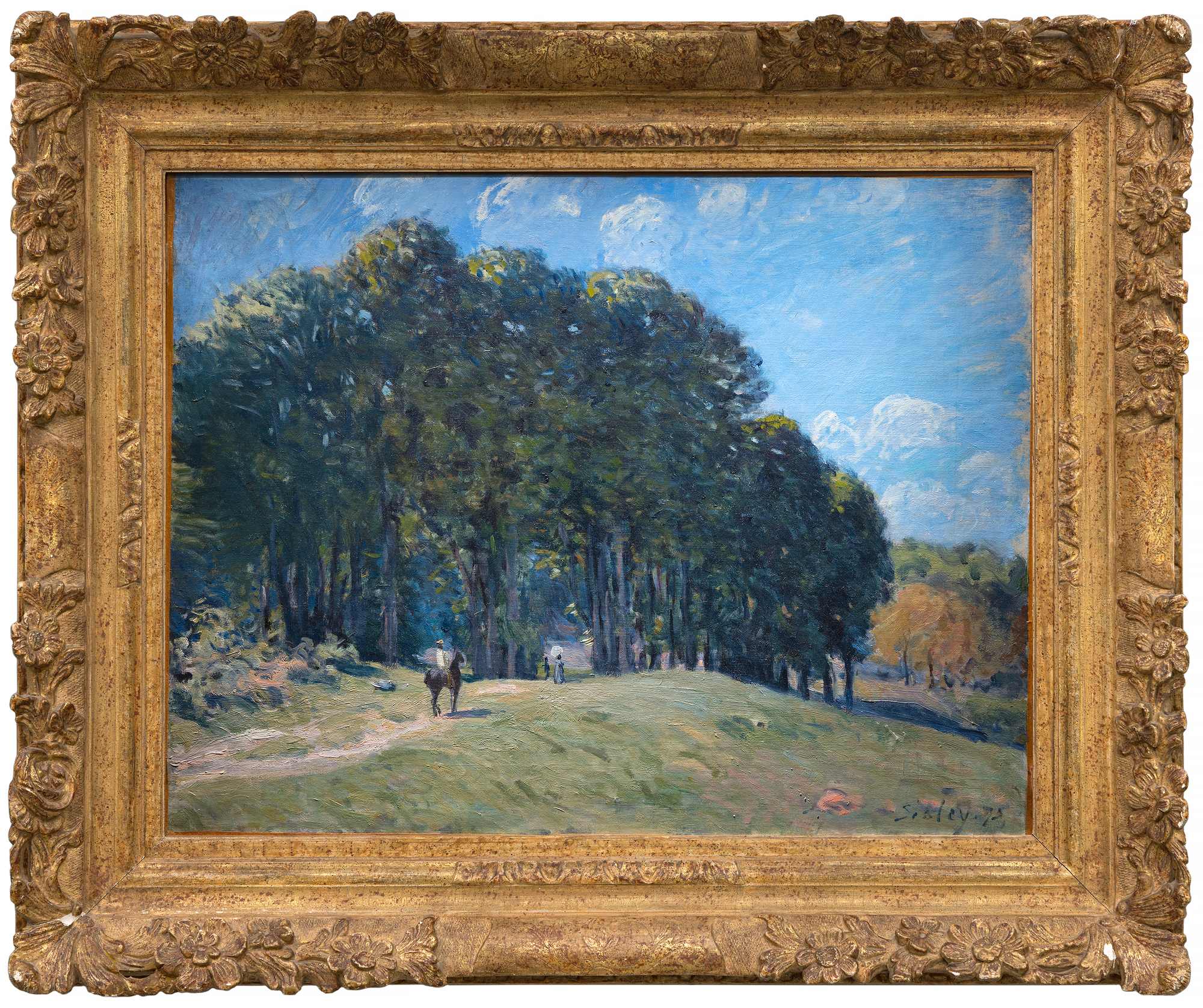
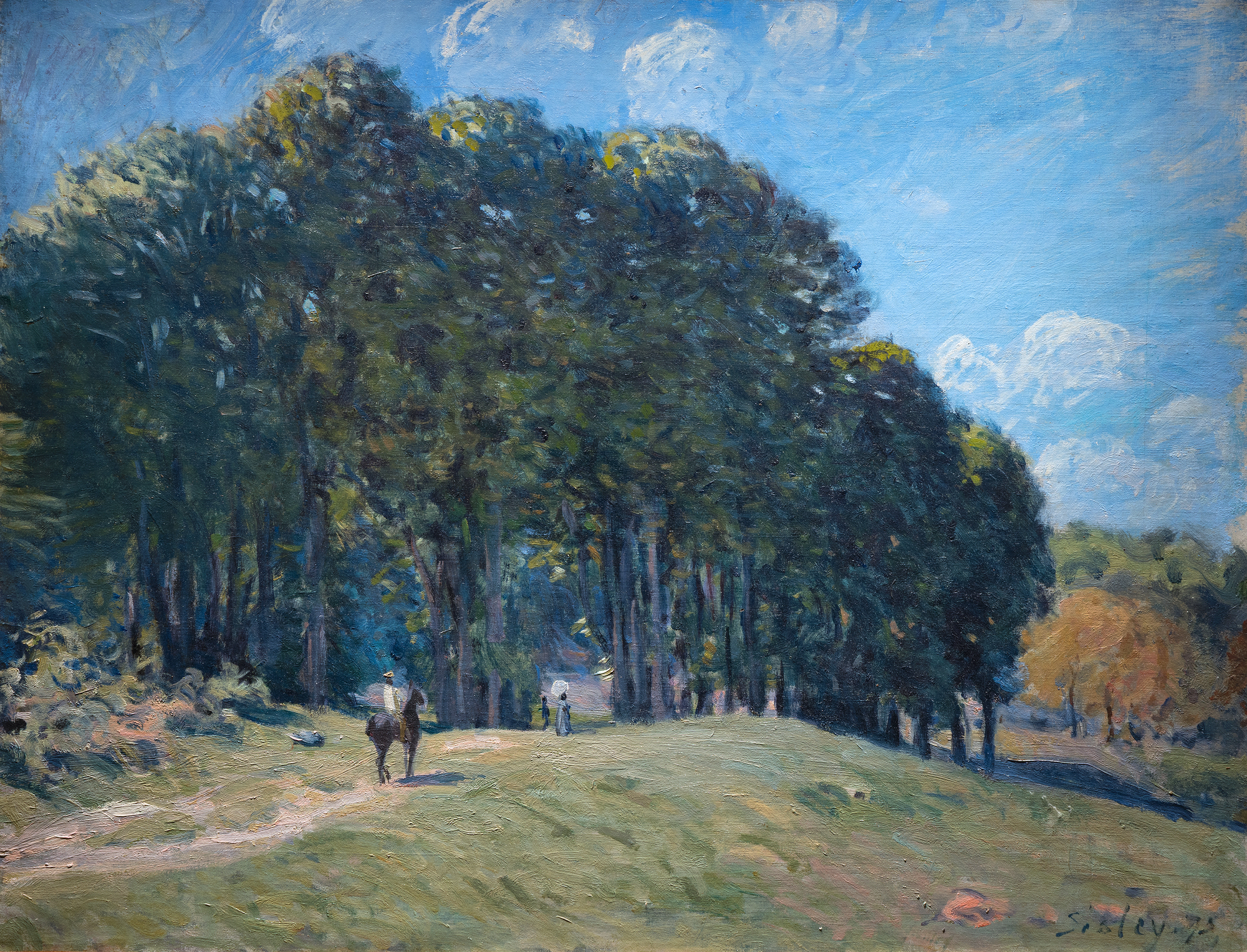
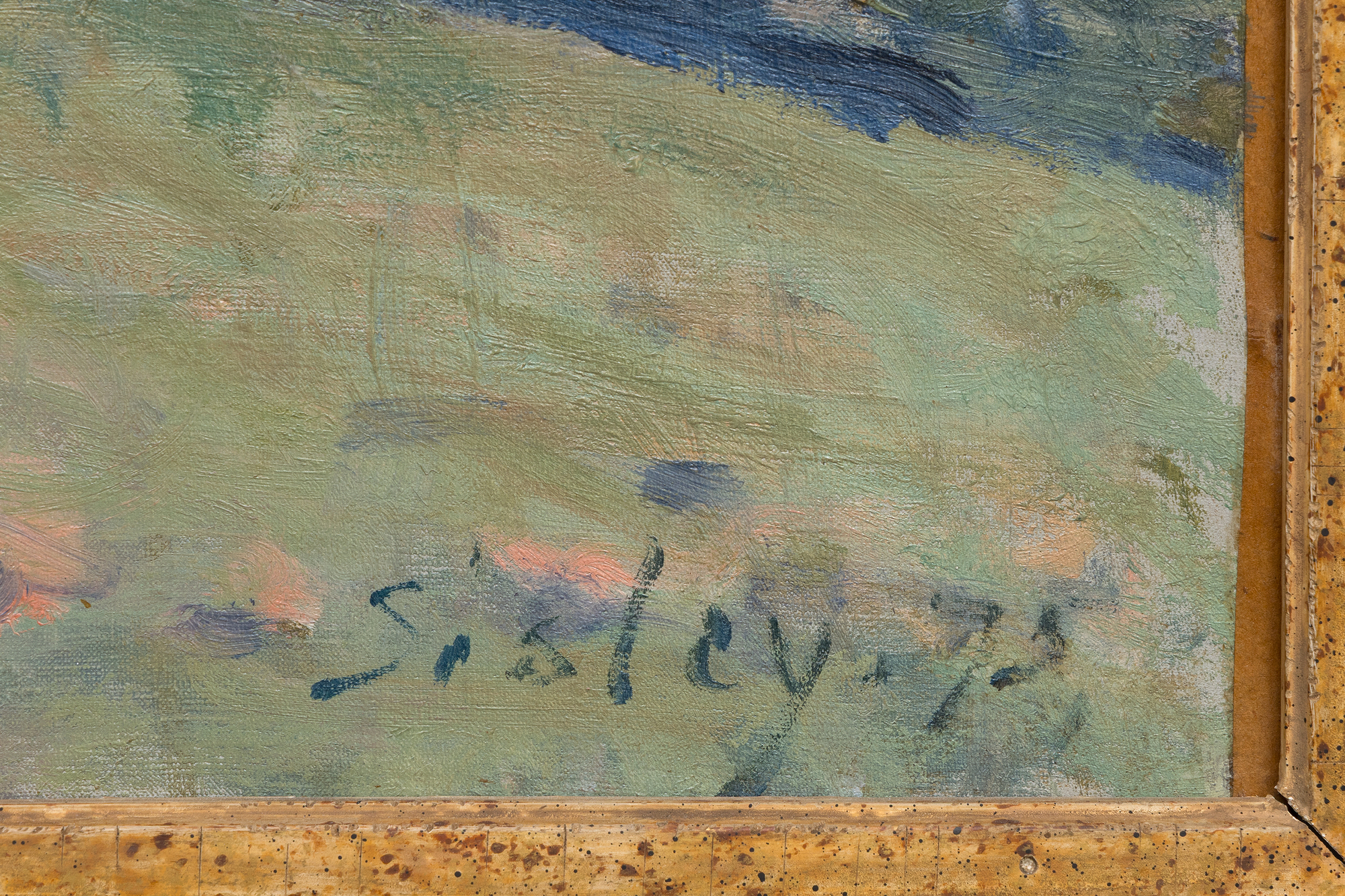

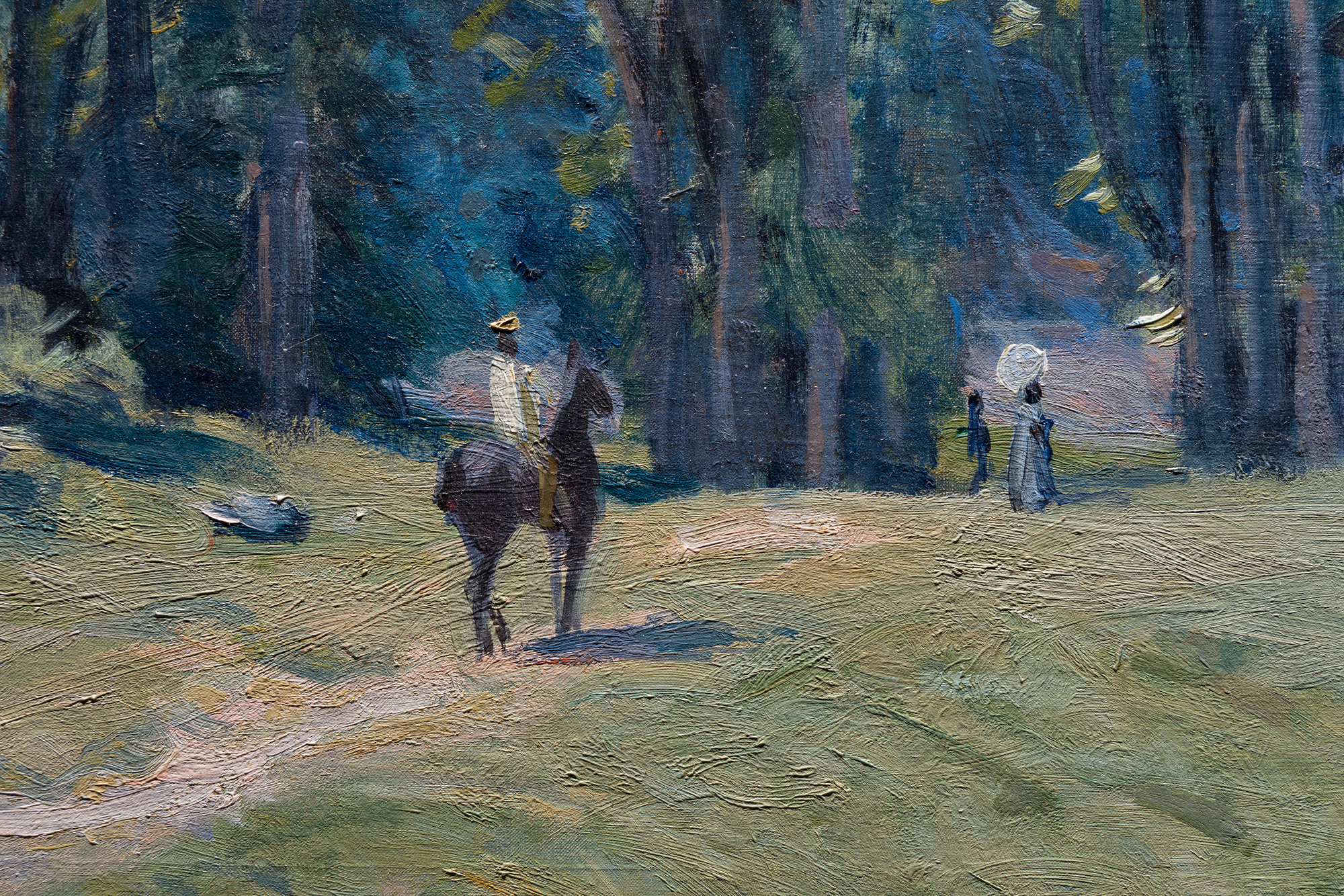
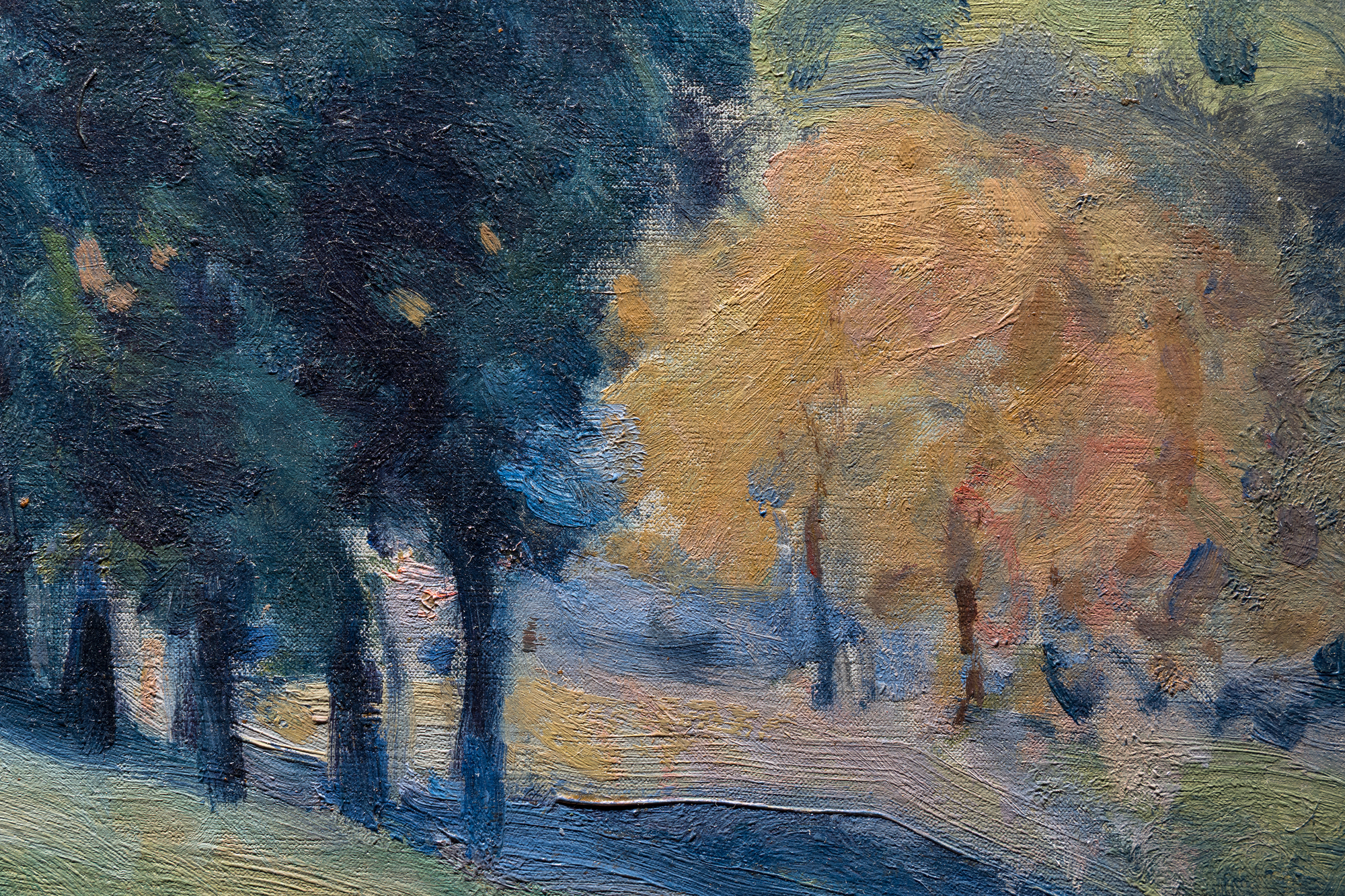
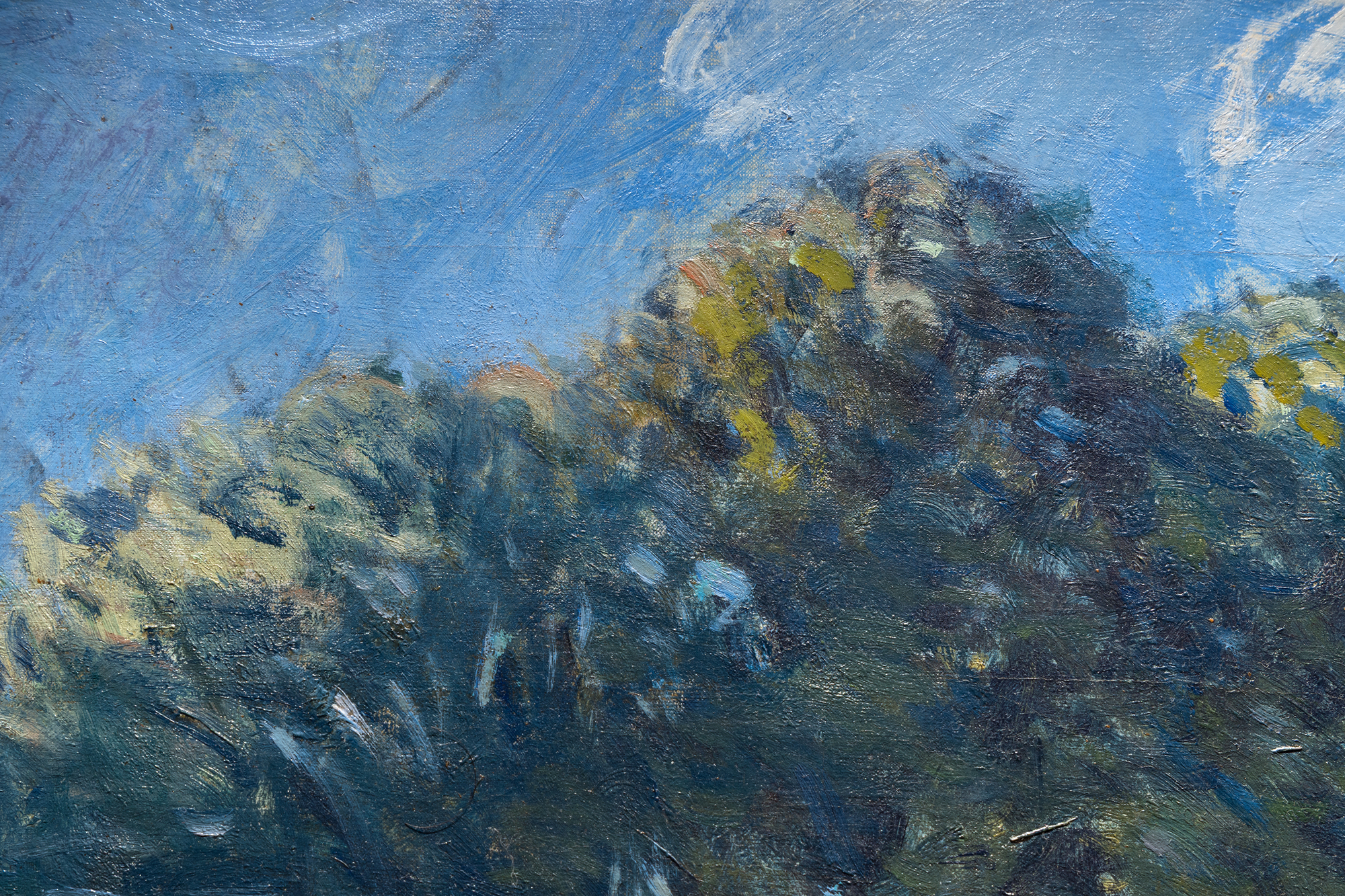
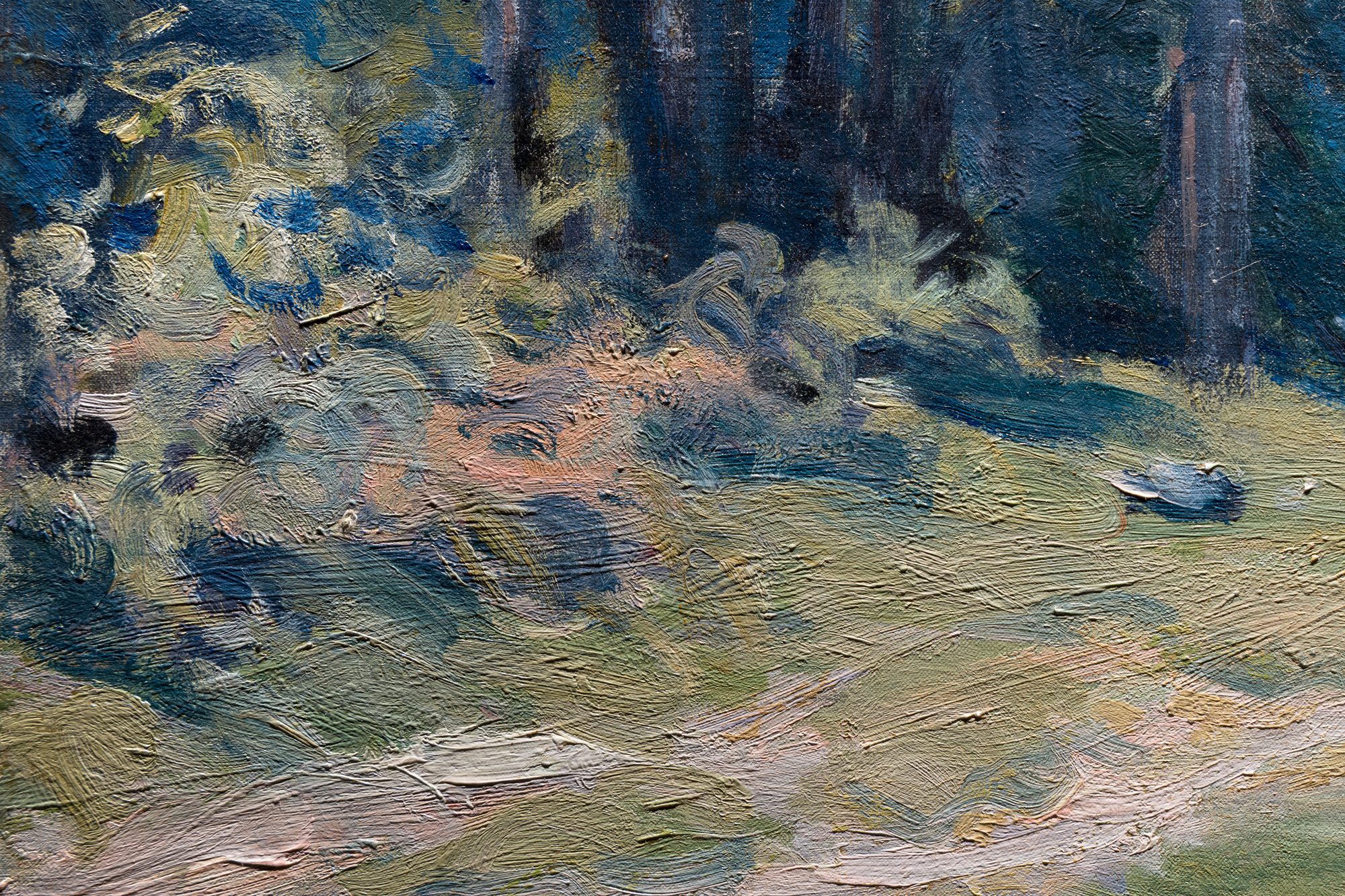
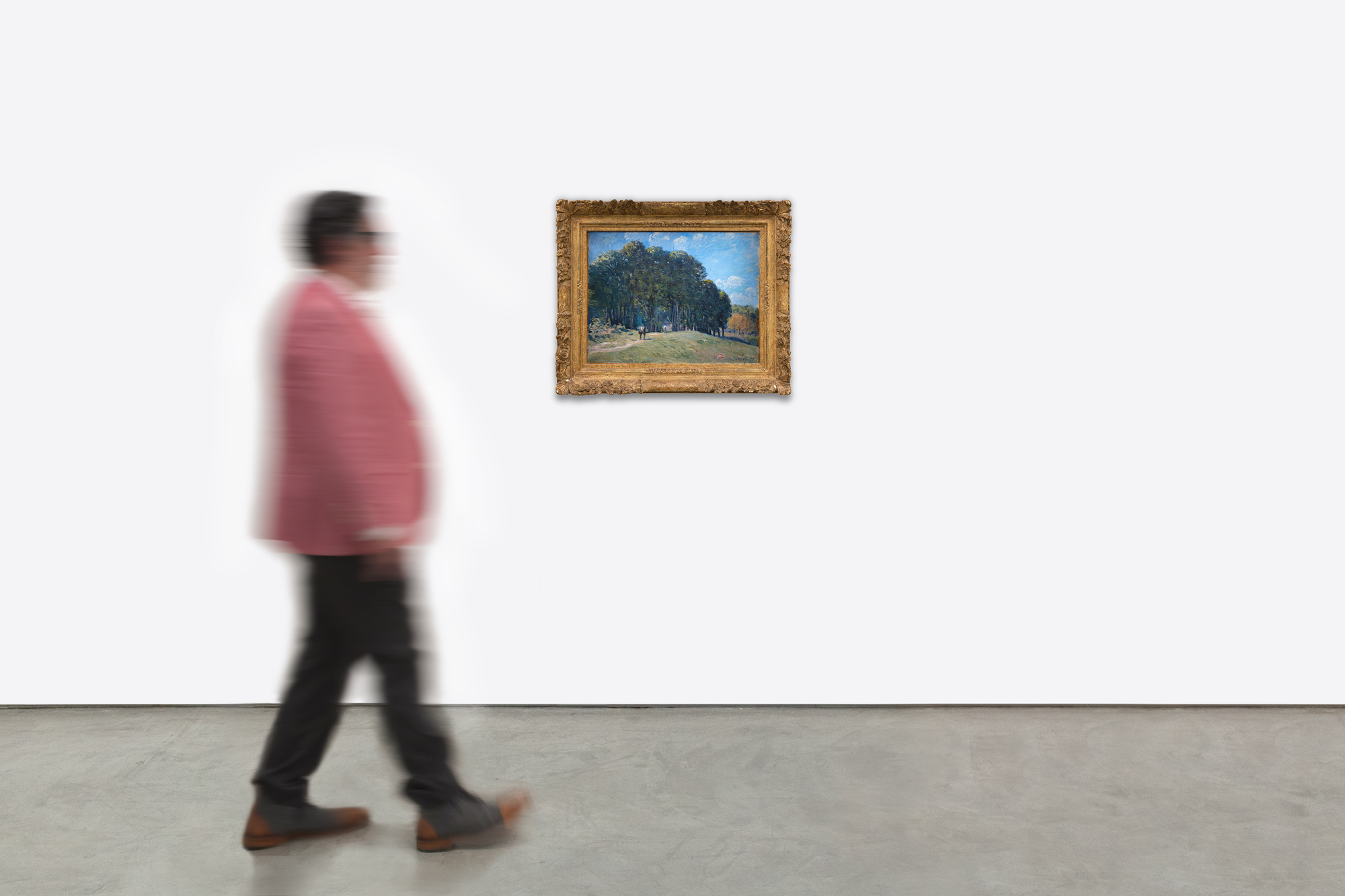
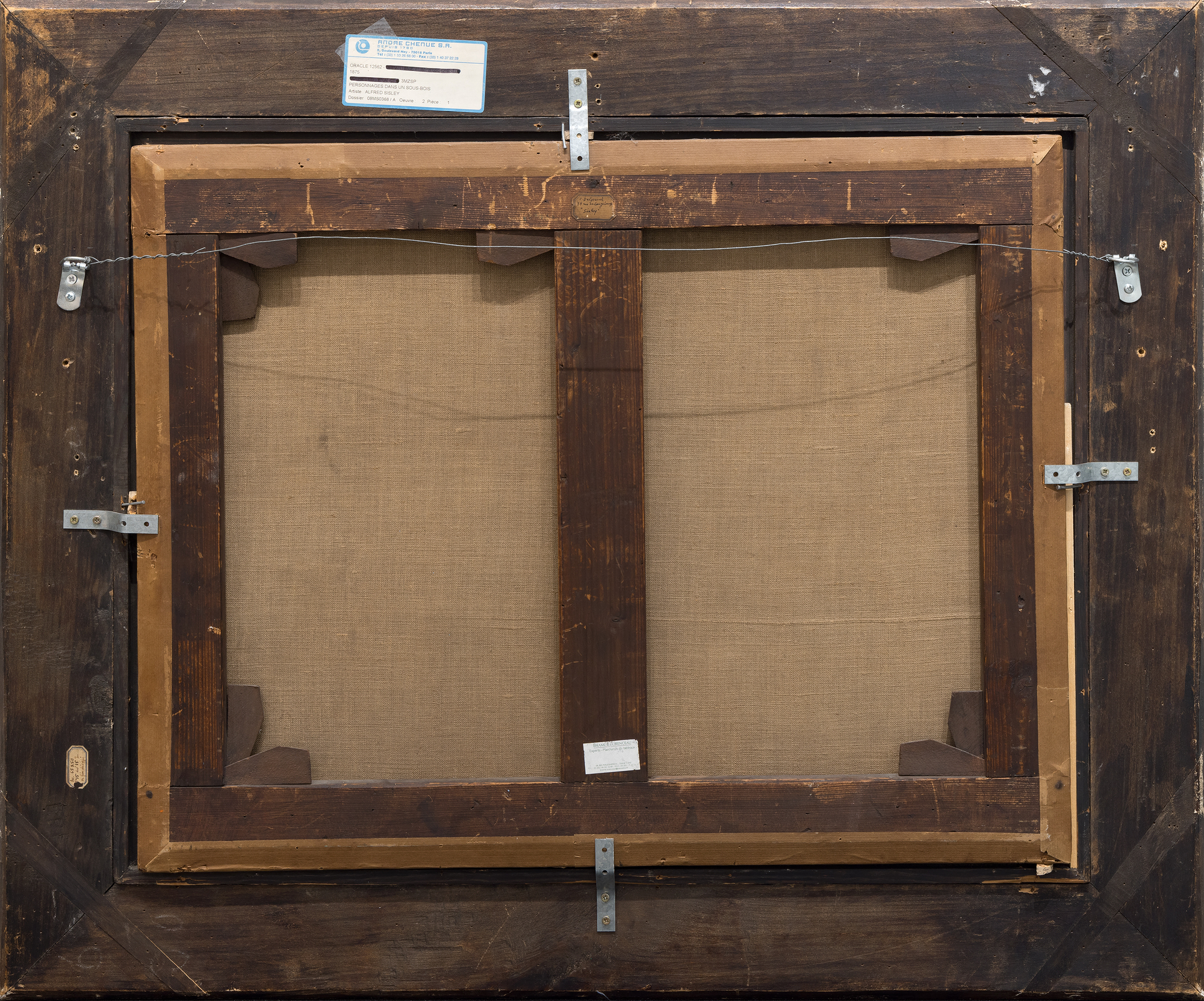
الاصل
دوبورج، باريسفندق درو، باريس، باريس، 24 نوفمبر 1903، رقم 27
جاك بلسان، باريس
مجموعة خاصة، فرنسا، 1950، فرنسا
مجموعة خاصة، بالتسلسل من أعلى
مجموعة خاصة، فلوريدا
الادب
سيلفي برام وفرانسوا لورنسو، ألفريد سيسلي - كاتالوج رايسوني دي بيينتورز دي باستيل، باريس، 2021، رقم 196، ص 104السعر1,900,000
وقد شكّل انتقال سيسلي إلى مارلي لو روا، مدفوعاً بحبه للخضرة والحاجة إلى إعالة أسرته الصغيرة في خضم الضغوط المالية التي أعقبت الحرب الفرنسية البروسية، هذا العمل. وقد رسمها بعد المبيعات المخيبة للآمال التي حققها معرض الانطباعية لعام 1874، وهي تعكس المرونة. يستحضر الضوء المنتشر والتكوين الهندسي - الممر والأشجار التي ترسو على سماء شاسعة - ضباب المنطقة اللطيف. أشاد كاميل بيسارو، وهو زميل مقرب له، بيسلي بوصفه "فناناً عظيماً وجميلاً، وهو في رأيي أستاذ يساوي أعظم الفنانين" (بيسارو، مقتبس في C. Lloyd, "ألفريد سيسلي ونقاء الرؤية"، ص 5-33، M. Stevens (ed.), Alfred Sisley, exh. cat., New Haven and London, 1992, p. 8). يشير كتالوج برام ولورنسو لعام 2021 إلى وجود 360 لوحة من لوحات سيسلي الزيتية البالغ عددها 1,013 لوحة في المتاحف، مما يؤكد إرثه.
تقدم هذه القطعة الموجزة والمثيرة للذكريات لهواة جمع الأعمال الفنية لمحة نادرة عن براعة سيسلي في مزج جمال الطبيعة مع الابتكار الانطباعي.


